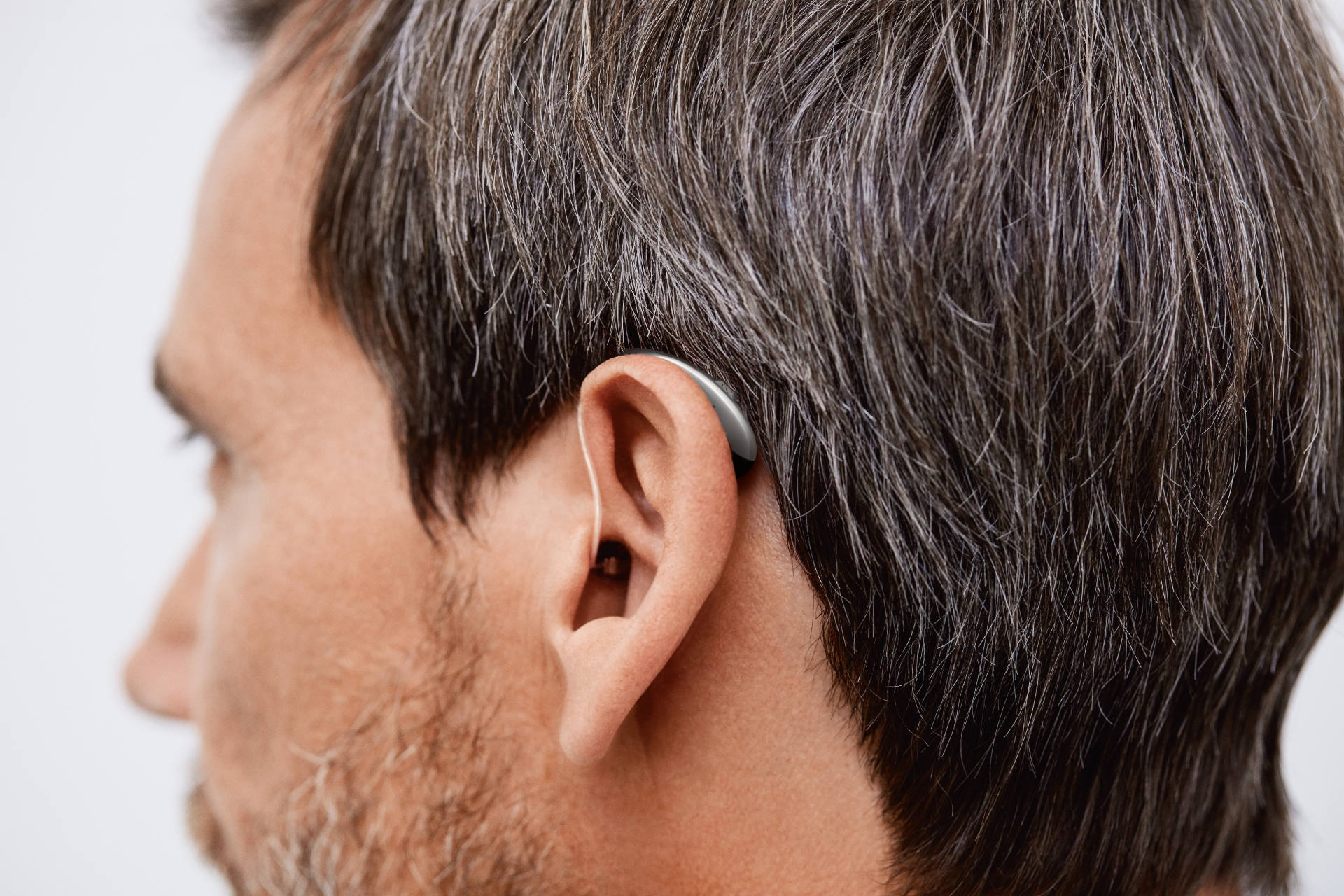We are fortunate to be over 25 years into the digital revolution of hearing aids which has provided many improvements in longevity and hearing acuity. The old analogue hearing aids were large and cumbersome, had many weak points and were prone to failure. Moisture ingression was the biggest enemy and as circuits were hand built, dry solder joints were a particular weakness.
Since the advent of solid state technology and printed circuits, these issues are now a thing of the past. Modern digital hearing aids are more robust and water resistant and can be worn in all environments and weather conditions, without fear of failure.
If you would like to see one of our experts about upgrading your hearing aids, or to get a hearing test if you are experiencing hearing loss symptoms, please call us at Horsham (01403 218863), Chichester (01243 774536) or Seaford (01323 899655).
How long do modern hearing aids last?
Whilst we have many examples of people wearing hearing aids for a decade or more, in reality the majority of wearers change their hearing aids on average every five years. This is not because the hearing aid has worn out, but is more to do with the advancement of technology, offering significant improvement to hearing ability.
Improvement can include:
- Better signal to noise ratio to improve hearing in background noise
- Increased and faster sound processing meaning less hearing effort required
- Personalisation of settings through an app (like the Signia App)
- Superb Bluetooth connectivity for direct streaming of audio signals and music
Hearing gradually diminishes with age and is a key consideration in when to change your hearing device to cope with new challenges. If a hearing aid is no longer capable of capturing sounds, to bring them within your threshold of hearing, it’s time to upgrade.
What affects the lifespan of a hearing aid?
Regular maintenance is naturally extremely important and especially so with the sophisticated technology of modern hearing aids.
Simple daily cleaning will ensure the microphone ports are free from dust and dirt and wiping the ear mould or speaker unit that goes into the ear, will ensure it is working optimally. Changing the filters will stop wax ingression and prolong the life of the hearing aid.
Returning hearing aids to their case or box at the end of the day will safeguard them against interest from pets or misplacement.
For more information, please read our guide on ‘The Best Ways To Care For And Clean Hearing Aids’.
Which are the best brands or models based on longevity?
The world’s leading manufacturers – Phonak, Oticon, Signia – all have an excellent and varied portfolio with reliability guaranteed. It is difficult to choose one brand over another for longevity and it’s more important to match hearing aids to an individual’s needs and lifestyle.
Digital printed circuits are almost indestructible and rarely fail. Coupled with excellently constructed housing, the modern hearing aid is water and dust resistant and rarely needs to go back to the manufacturer for repair.
Do custom hearing aids generally last longer?
Custom hearing aids by their very nature generally fit fully or partially into the ear canal. This is quite a hostile environment with wax and moisture present. That fact alone means careful, regular maintenance is required to prolong their lifespan.
Care and maintenance tips for hearing aids
It is imperative that hearing aids are looked after to maintain their performance. After investing in improving your lifestyle, it is worth a few minutes a day to guarantee years of better hearing. After all, we clean our teeth every day and those of us who are a little more diligent floss and keep a regime of regular check ups. This should be adopted for hearing aids as well.
At the end of the day:
- Wipe the hearing aids with a dry cloth to remove dust and dirt
- Brush the moulds, speakers units and microphone ports
For increased hygiene use an antibacterial wipe for the mould or any part of the hearing aid that will go into the ear canal. This will ensure you are not introducing unwanted bacteria into the ear which could result in an infection
Always return your hearing aids to their container as that is the safest place to keep them. Pets are often the culprit when hearing aids are brought in severely damaged, because they have been left lying around. Another major reason for loss is taking out a hearing aid and putting it straight into a pocket instead of its container. It can easily be lost if a hanky is removed and the hearing aid is lost or damaged when it hits the floor.
A few minutes at the end of each day will reward you with many years of better hearing, improved quality of life and less listening effort.
Our aftercare services
All procedures are included free of charge in our aftercare services and part of the warranty of your hearing aids. This includes ear wax removal and our regular six monthly appointment schedule. Of course, you are welcome to pop in between these appointments, also free of charge.
Speak with our friendly team
Contact us for further information or to book a diagnostic consultation with one of our experts. Based in the south east, we have centres in Horsham, Seaford and Chichester ready to treat you safely and professionally.
